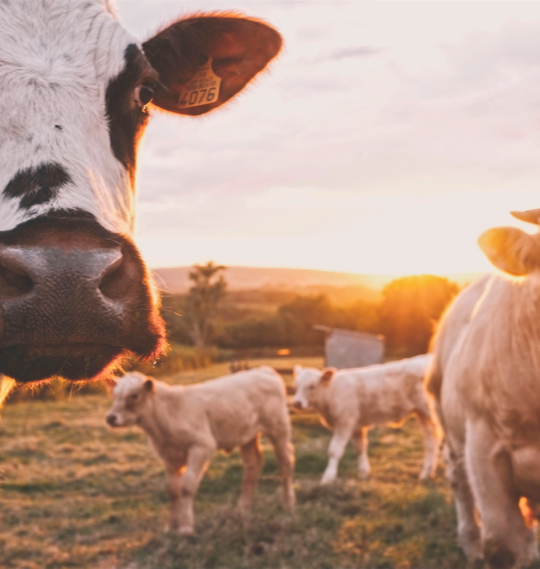Why We're Different

Current Leather Trends & How It's Affecting Our Planet
The Amazon is the lungs of the Earth, and unfortunately, cattle are now the largest driver of Amazon deforestation. Almost all high-end shoes are made out of leather; it is argued that leather production is a by-product of the meat industry and that they are simply converting a product that would otherwise go to landfill, into fashion - this is a valid argument, if it weren’t for the tremendous harm the tanning industry is having on our environment. Chromium-tanned leather is the most popular form used when producing leather, and one of the most toxic.
Even in modernized and ‘sustainable’ tanneries, it is nearly impossible to reclaim all of the pollutants generated by the tanning process. Tanning one tonne of hide typically results in 20 to 80 cubic meters of waste water with chromium concentrations around 250 mg/L and sulphide concentrations at roughly 500 mg/L. In addition to this, there are also pesticides added to reduce mould growth during transportation to the respective facilities.
Around 80% of leather worldwide is tanned using chrome. The leather industry releases large amounts of toxic chemicals and acidic effluents concentrated with heavy metal chromium, cadmium, lead, arsenic, cobalt, copper, iron, zinc and manganese. Unfortunately, all of these highly potent chemicals and heavy metals make their way into our waterways.
Organic Cactus Leather
Cactus leather stands out for its low environmental impact, softness, and resilience.
The cactus leather is 100% USDA certified organic, and the crops are grown without the use of herbicides or pesticides, on an organic farming system in the fertile and mineral-rich region of Zacatecas, Mexico.
The cactus plantation is cultivated solely with rainwater. Additionally, cactus naturally regenerates soil and it’s a naturally occurring ‘carbon sink’, which together helps to preserve the local biodiversity, making it a much more sustainable alternative.
When harvesting the cactus, only the mature leaves of the plant are cut without damaging the plant itself; this occurs every six to eight months, allowing the plant to regenerate before the next harvest.
Once harvesting takes place, the plants are transferred into vegan leather thanks to DESSERTO® patented formula.


Our Process
In alliance with DESSERTOⓇ, the 2020 Green Product Award winners and inventors of a highly sustainable plant-based vegan leather, Dominic & Dempsey bring you the first ever children’s boot made of cactus leather.
Our children’s shoes are handmade in small batches in a boutique factory, located in the Guanajuato region of Central Mexico. Our manufacturers are committed to making a positive difference for the people that craft your shoes, providing them with fair wages and safe working conditions.
To the cactus’ organic origin, we have incorporated organic cotton laces, cotton canvas lining, and a 100% natural rubber crepe sole, which is made from naturally coagulated rubber collected straight off the trees in collection cups, providing the bounce and super soft comfort our children need.
Not only do we ensure fair, ethical and sustainable practices, but all of our shoes are made using organic, natural or recycled materials, guaranteeing an ecologically-friendly, cruelty-free product that is completely safe for our children and the planet.
